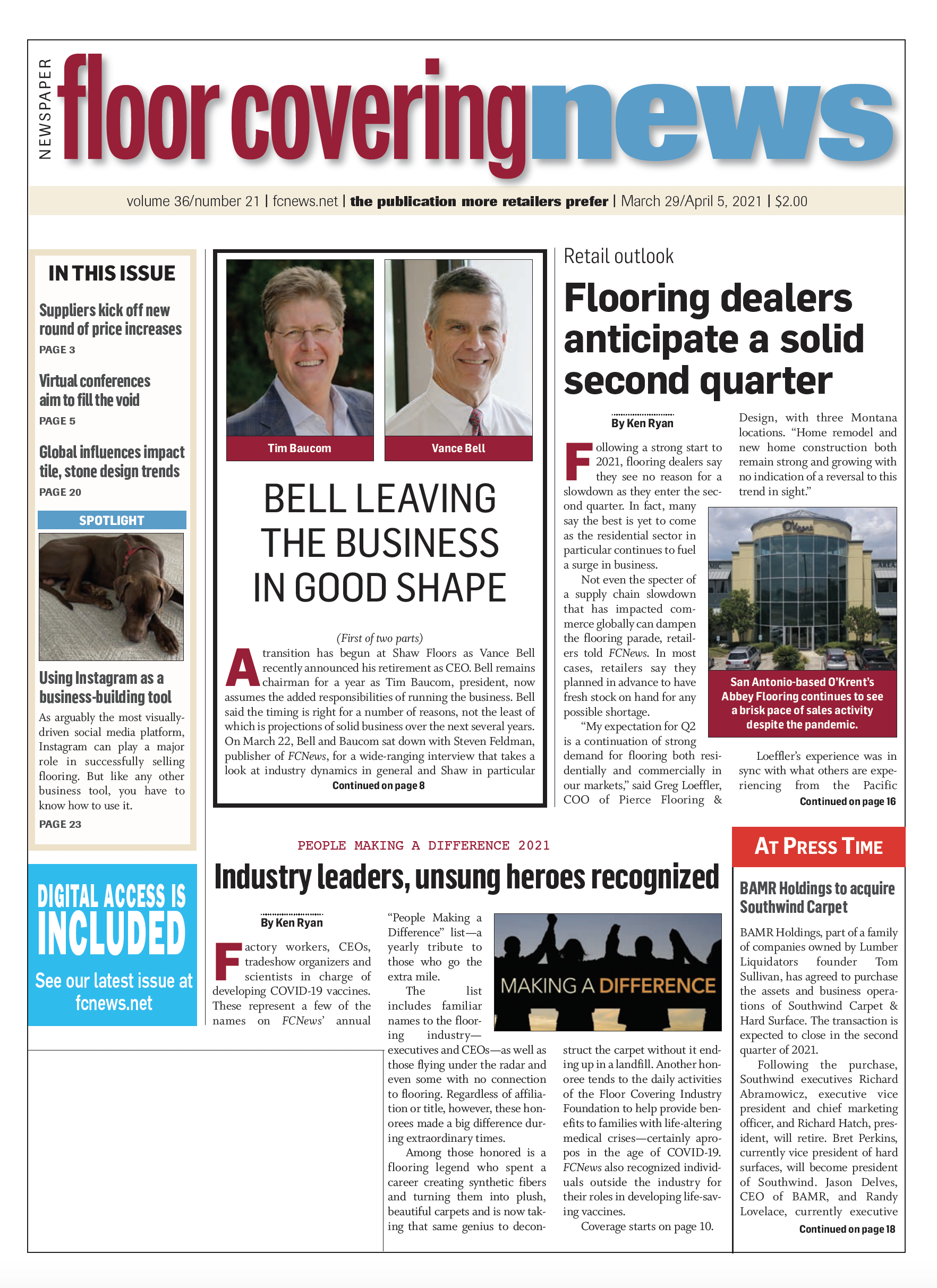 By Jim Augustus Armstrong Effective marketing can be divided into two broad categories: direct response and branding. Direct response is designed to get an immediate response from prospects by giving them a strong call to action. Branding, also known as “delayed response,” is where you put your business name out there repeatedly in order to build up name recognition over time.
By Jim Augustus Armstrong Effective marketing can be divided into two broad categories: direct response and branding. Direct response is designed to get an immediate response from prospects by giving them a strong call to action. Branding, also known as “delayed response,” is where you put your business name out there repeatedly in order to build up name recognition over time.
The challenge with branding is it’s very expensive and takes a long time to generate results. That’s why I teach dealers the science behind direct response. Done correctly, it’s possible to put a promotion out online—say, via email—and start getting responses within minutes. A happy side benefit is over time you will build name recognition.
Let’s break down the different elements of a strong direct response message:
Headline
Any ad, website or landing page should have an attention-grabbing, benefit-laden headline. The headline is the “ad for the ad.” It gets prospects to stop and read more of your message. A big mistake I see dealers make is using their business name as the headline. If someone is searching online for a flooring store, they most likely don’t know or care about your business name. They are looking for an answer to their unspoken question: “Why should I do business with you instead of your competitor?” Make sure your headline provides an answer to that question.
Subheads
These create a double-readership path. Some people are readers; some are skimmers. Subheads give skimmers all the key benefits of your business or your offer.
Social proof
Include anything to build credibility, such as awards, experience, certifications, etc. Explain why having these things will benefit the prospect. Show “before” and “after” photos of your work. Use photos of happy customers. Testimonials are the most powerful form of social proof. What others say about you is 100 times more powerful than what you say about yourself—even if you’re 100 times more eloquent.
Be personal
You should write like you talk. Prospects should see that you are a real person. Don’t use “advertise-ese.” Example: We at Boring Flooring strive to be No. 1 in customer satisfaction, provide superior service, etc. That’s advertise-ese. No one talks that way in real life, so don’t do it in your marketing.
Guarantees
Plunking down $3,000-$10,000 or more for flooring is a major purchase. Prospects are worried they’ll pick the wrong floor, get ripped off, wind up with shoddy workmanship or the floor will fall apart in two years. Strong guarantees that these things won’t happen act as risk reversal for your prospects and gives them confidence to buy from you.
Offer
I generally steer dealers away from straight price dis- counts. Other options can include a “freemium” if they purchase a minimum amount (area rug, vacuum, dinner for two, movie tickets, etc.) or “limited availability” on a specific product.
Deadline/call to action
Be specific. “Call or visit by July 20 to get the special.” Usually, if there is no deadline, your offer is not complete. This is for people who skip to the end of the message.
Note: Not every web page or ad will require or have room for every element. I consider the most important elements to be: 1) headline; 2) testimonials; and 3) offer with deadline.
Jim is the founder and president of Flooring Success Systems, a company that provides floor dealers with marketing services and coaching to help them attract quality customers, close more sales, get higher margins and work the hours they choose. For information visit FlooringSuccessSystems.com.

